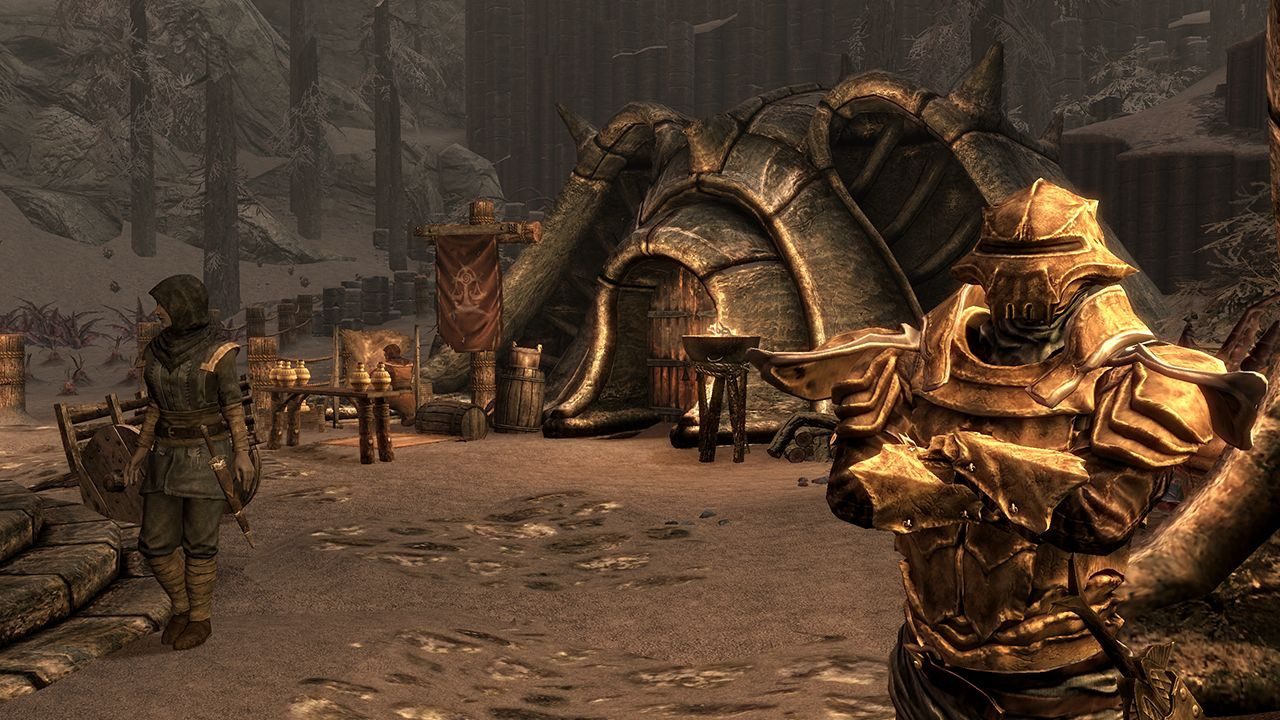

It had a strange multi-core CPU that could support graphical tasks, yes, but its GPU from Nvidia wasn’t so much better than the 360’s as it was different. People expected PS3 games to look better than their 360 counterparts because of all the hype behind Sony’s hardware. Now, we finally get to the reason for this article.īethesda self-published a new version of the game one year later on the newly-launched PlayStation 3, missing its hardware launch by six months just as they had done with the 360. I remember being delighted that I still had the original boxes and discs with the T rating on them when this happened, even though that didn’t really mean anything. It’s wild that at one time it was rated T and published by 2K. That’s why I’ve used the tiny image as the header for this story. The rating was later changed to an M after mods added further adult content, even though the base content probably warranted that rating in the first place.

It’s like the ESRB didn’t even watch the footage sent to them. When the game first came out six months after its intended launch in March of 2006, it was published by 2K and it was rated Teen, in spite of being filled to the brim with medieval violence and adult themes. Parts seem just fine, like they came out of a game released yesterday, and parts look positively ancient. Oblivion has a strange look to it today as a result of this forward-thinking development effort. Still ambitious for 2006, but far more “this is a real product” instead of a full-on pipe dream. The textures are lower resolution and with fewer effects, with character models suffering the most in this transition. The final game retains a lot of the underlying spirit of that original vision and the same core artwork, but it’s clear that sacrifices were made in the name of realistic performance goals. The soft shadows shown in that video look better than some of the shadows in current video games, and every single texture is extruded with multiple passes of different effects work. Bethesda spent a lot of time on Oblivion aiming for a moving target of future console and PC hardware…a target that never really materialized.Īs a result, those E3 videos have all kinds of effects going on that the final game doesn’t have, along with a poor framerate. Both Microsoft and Sony were racing against the clock to develop their new machines, and final development hardware didn’t get out to studios until after E3 2005, allegedly. Oblivion spent most of its development time without a concrete hardware spec to shoot for. Some folks might call the disparity between these videos and the final version an outright marketing lie, but at least in the case of this game, there’s a much better reason than that.


 0 kommentar(er)
0 kommentar(er)
